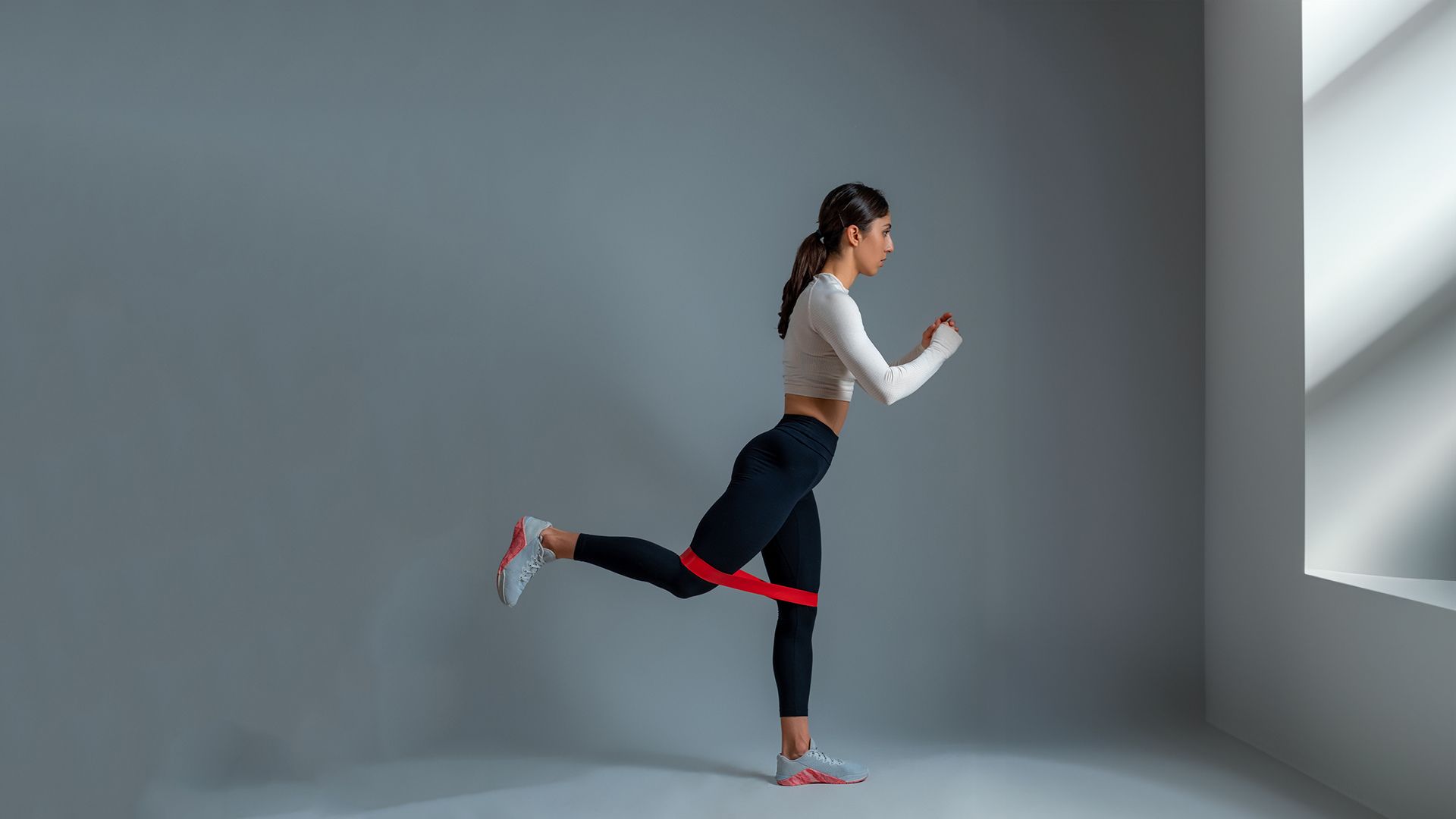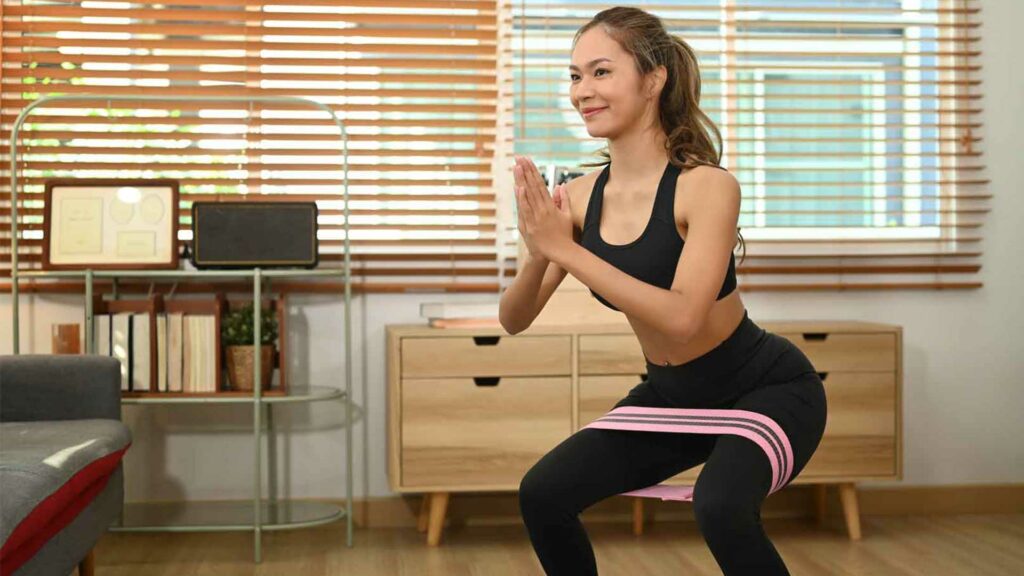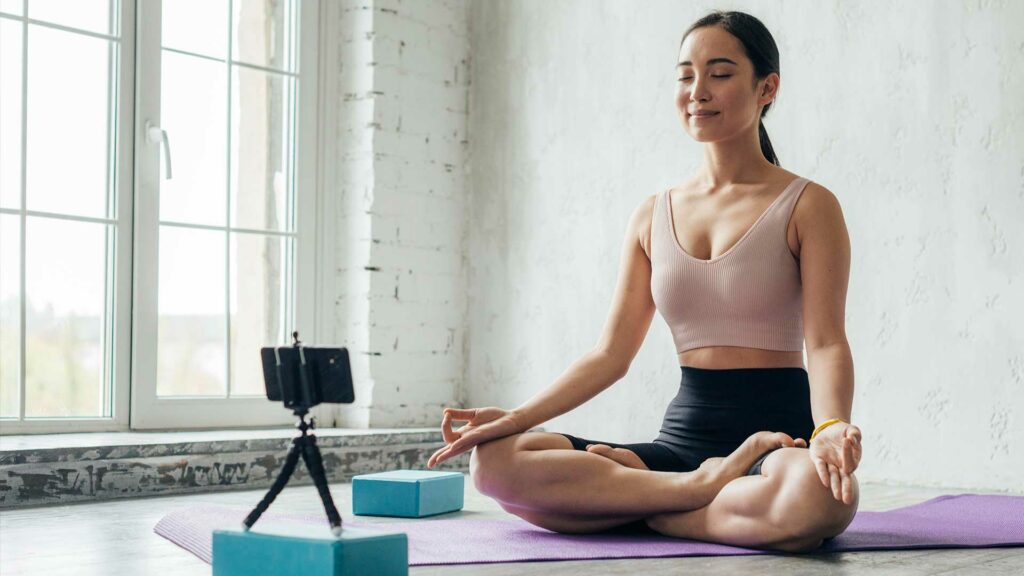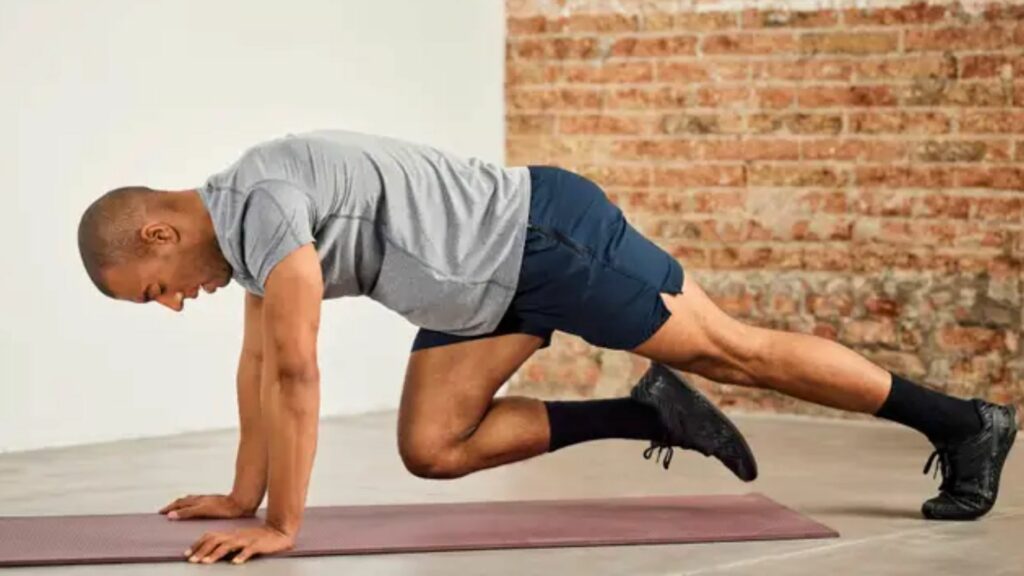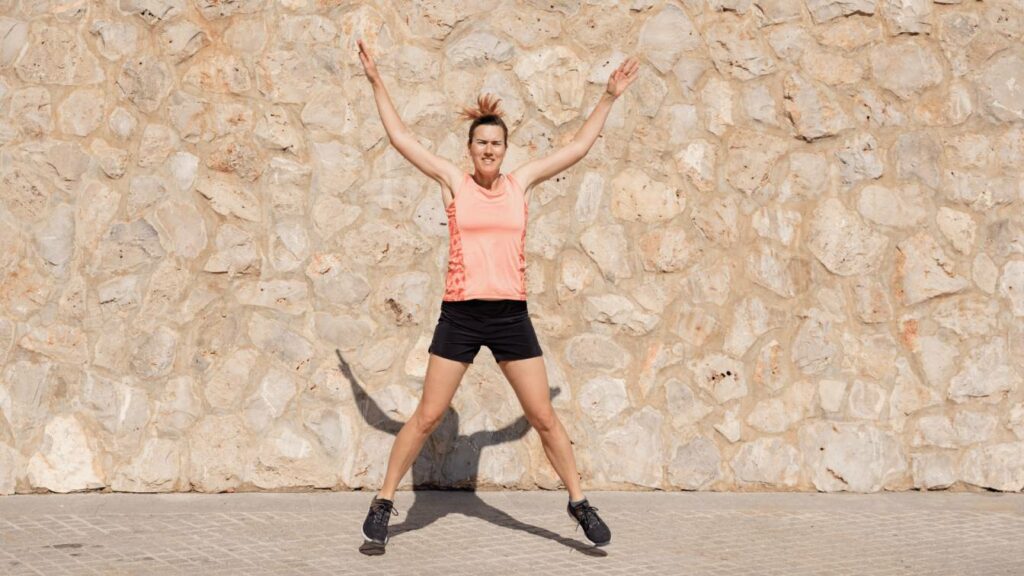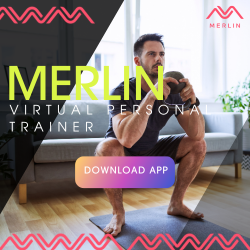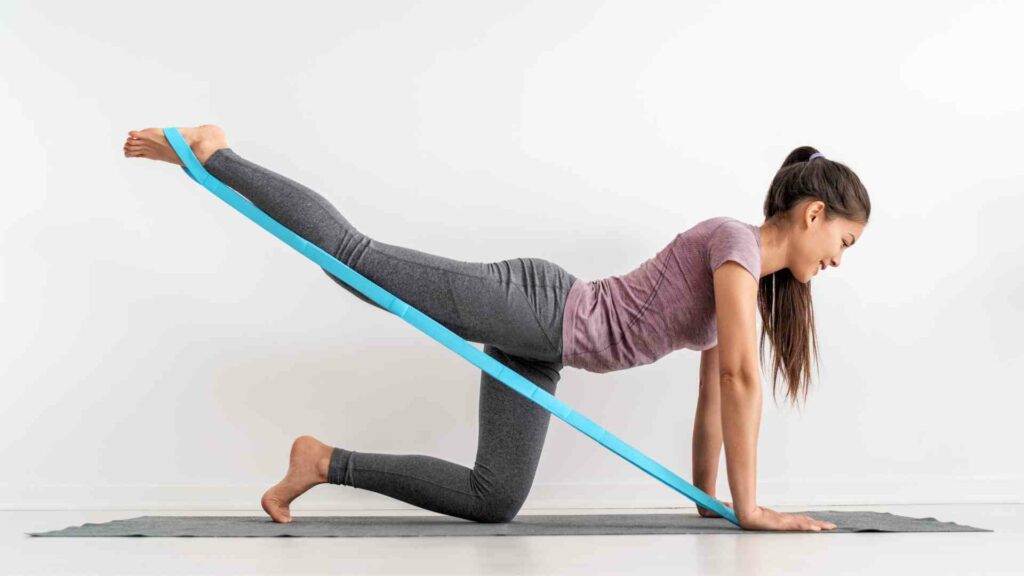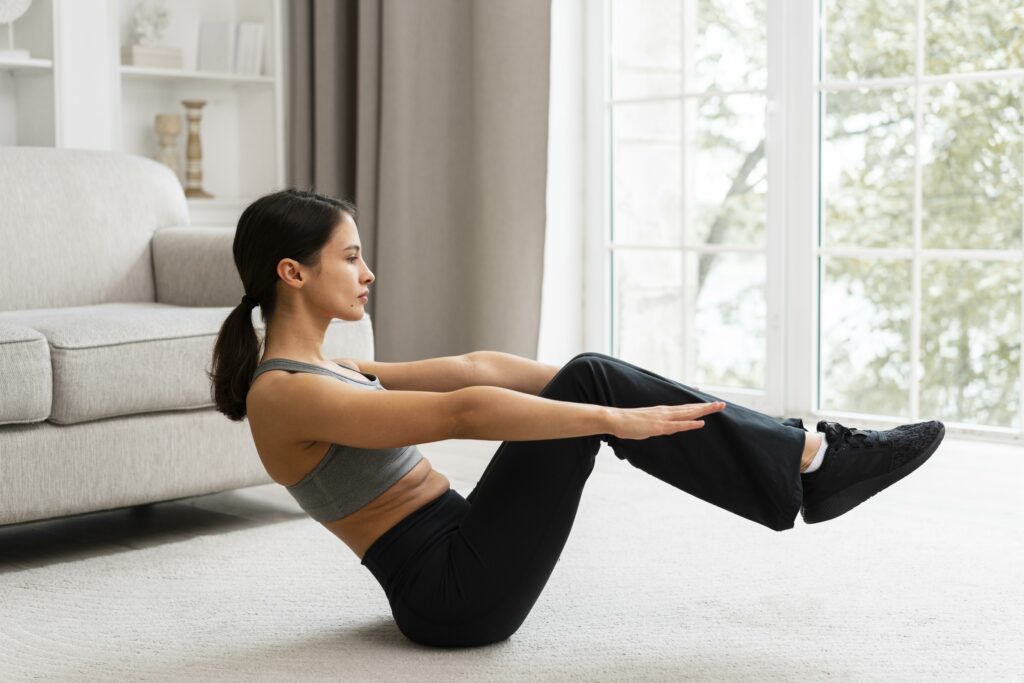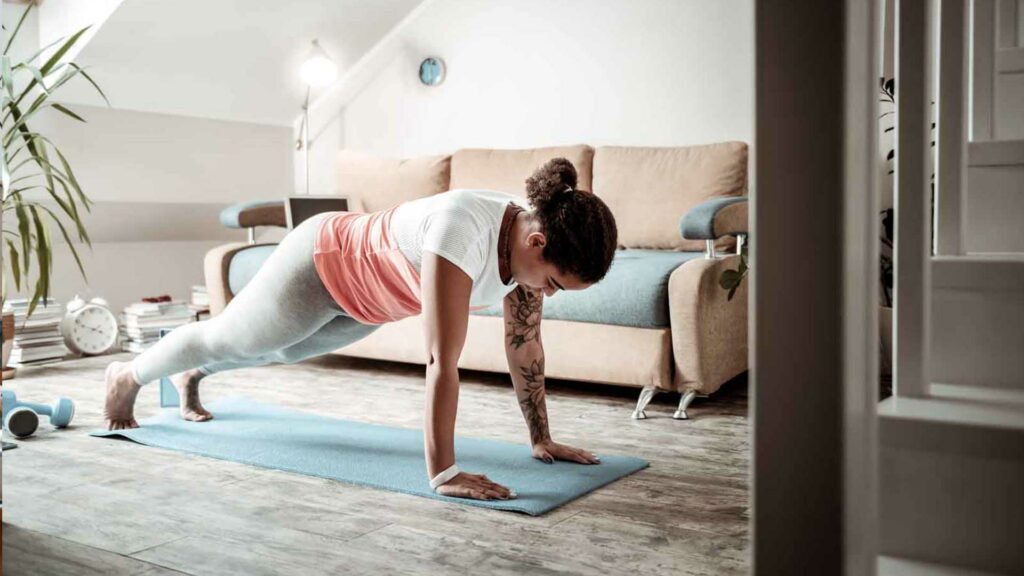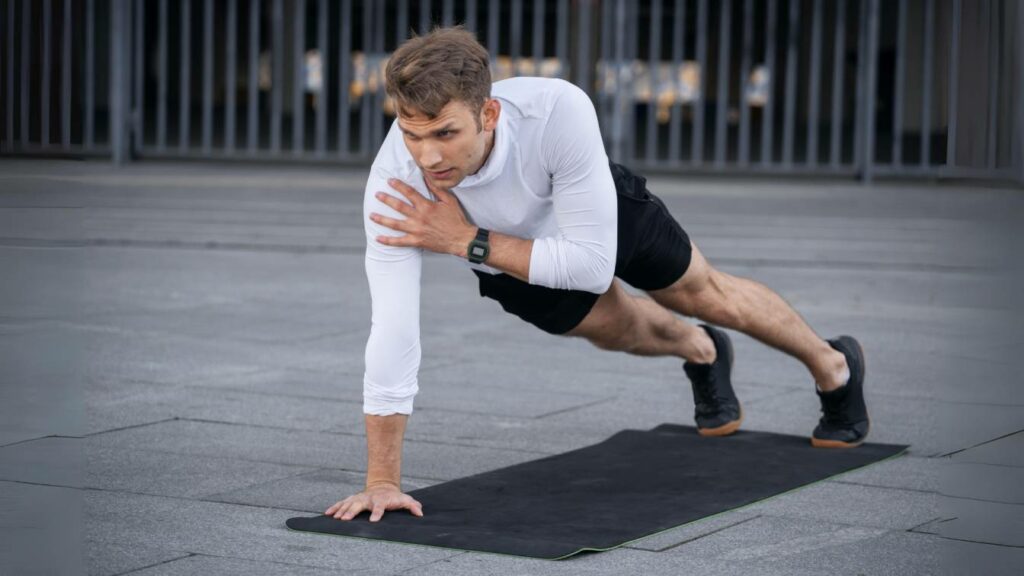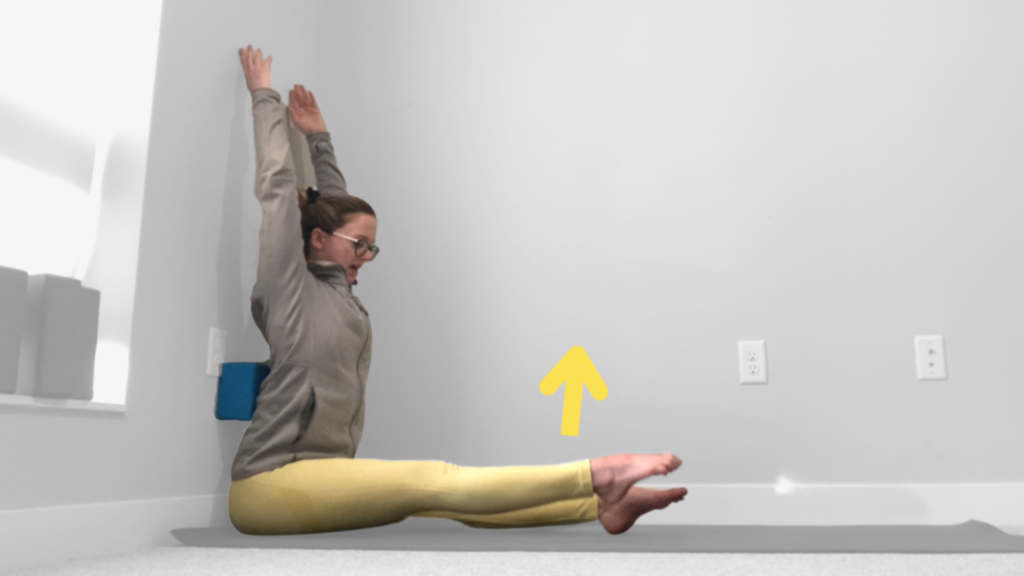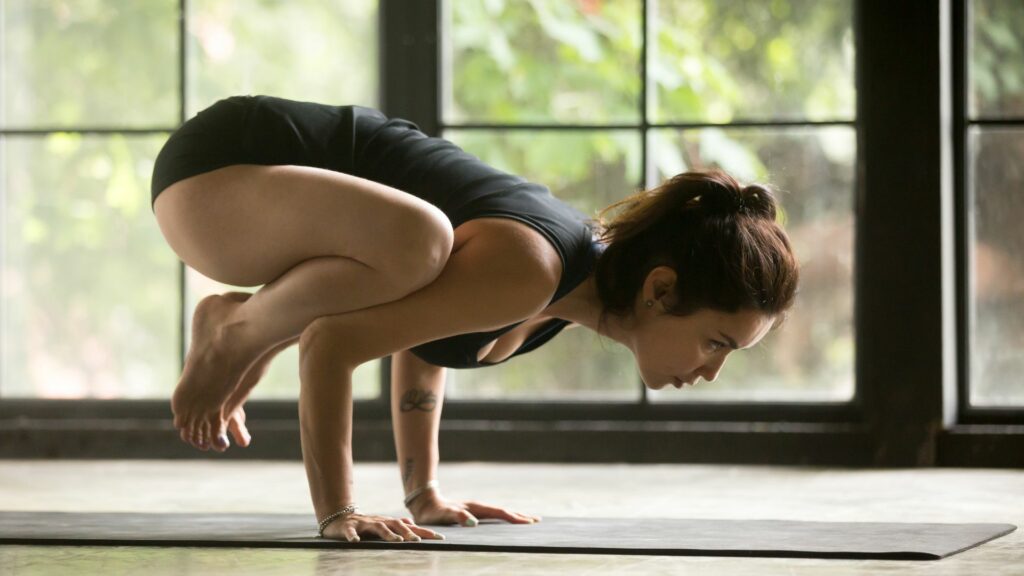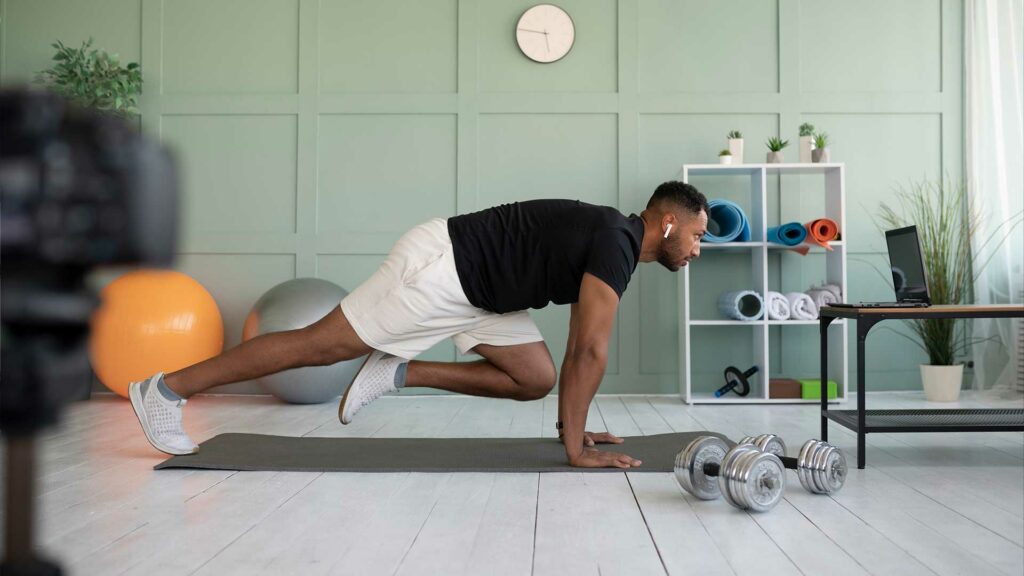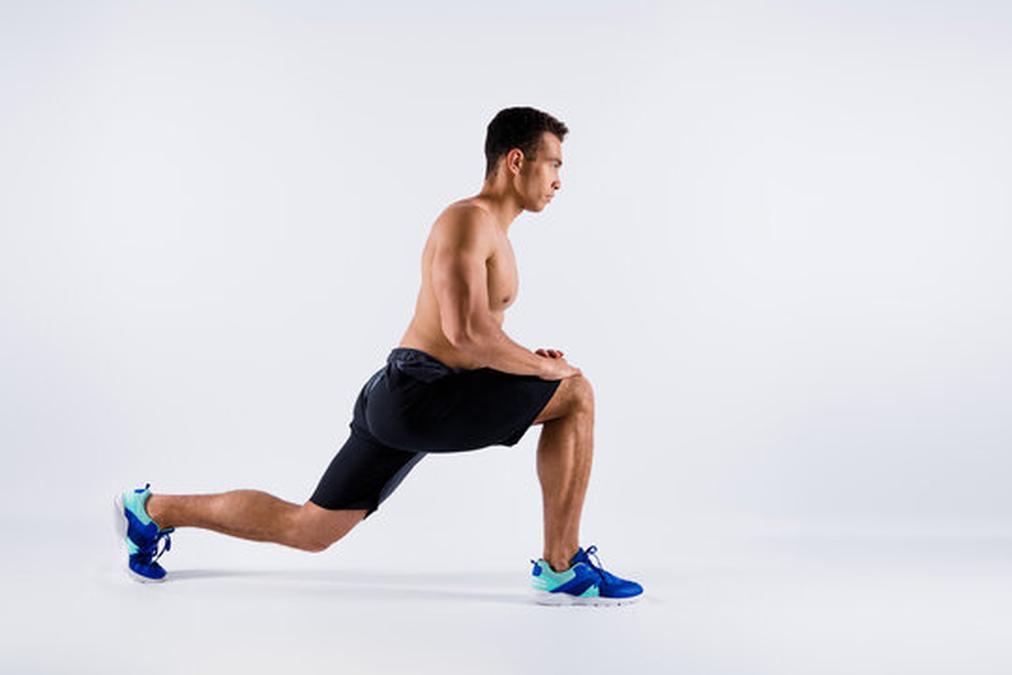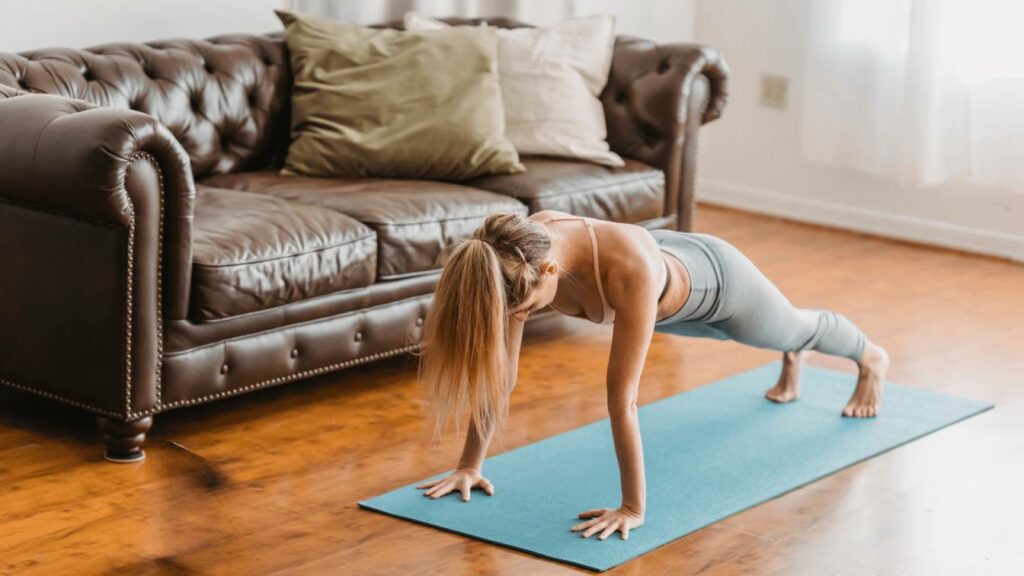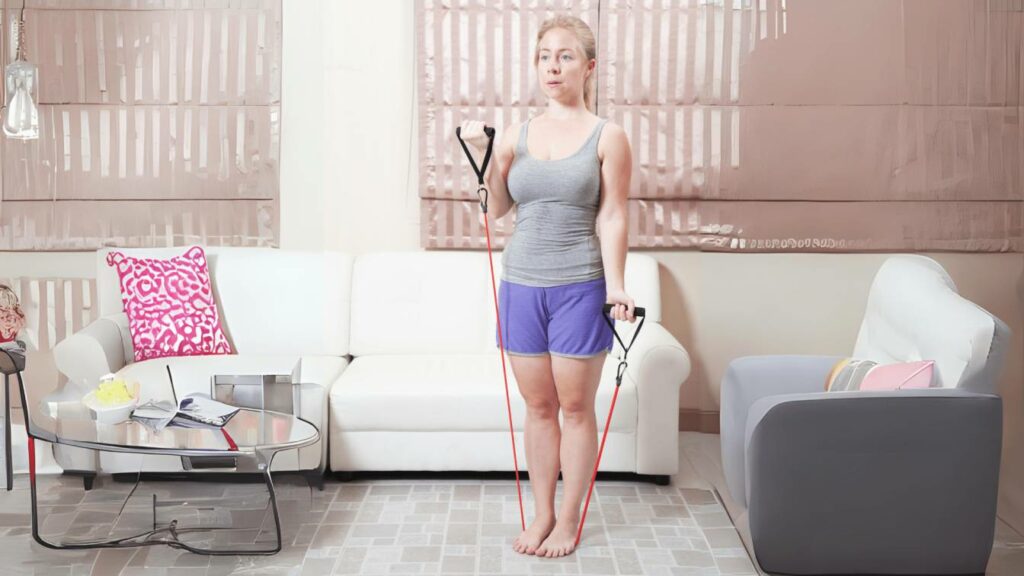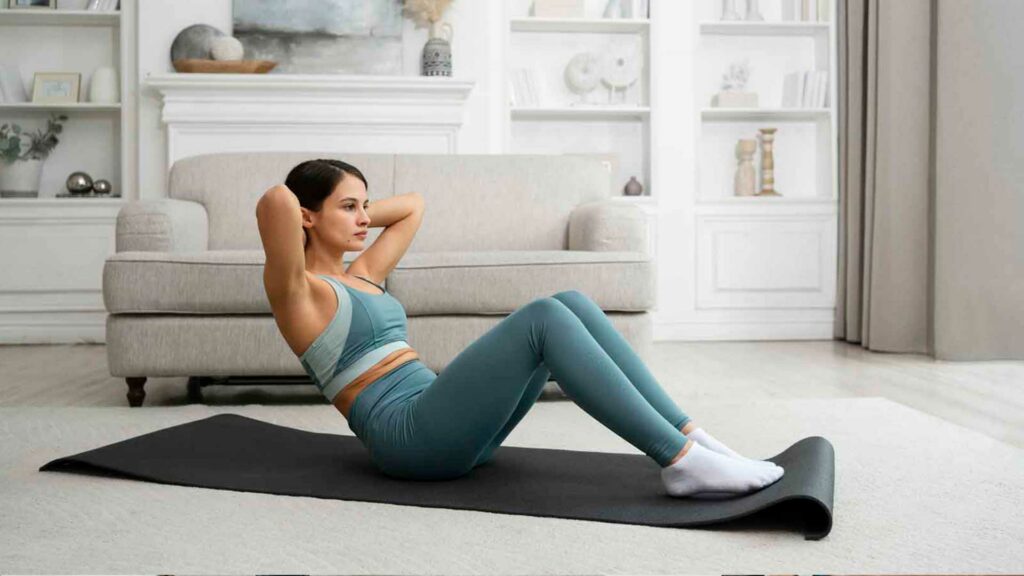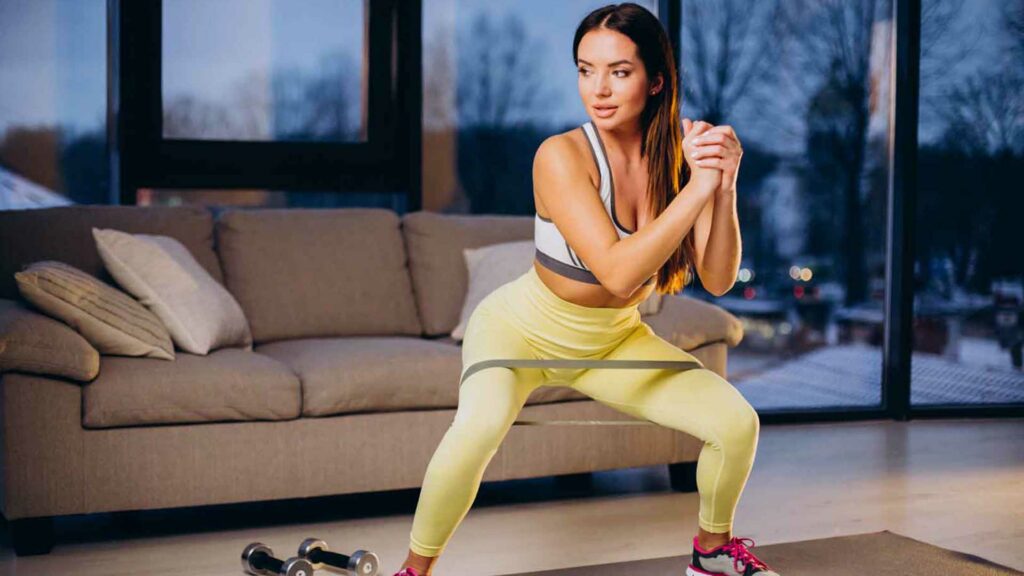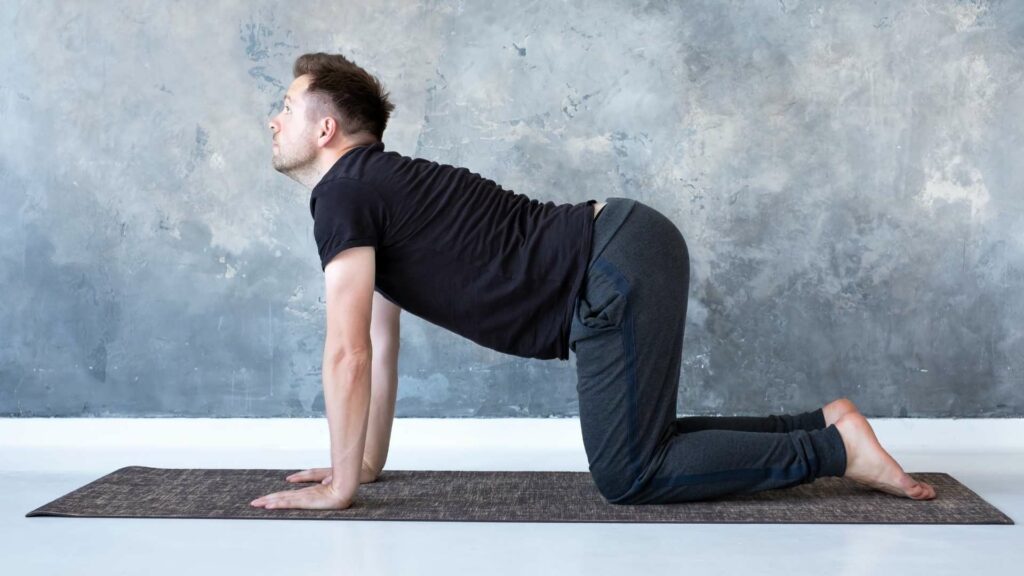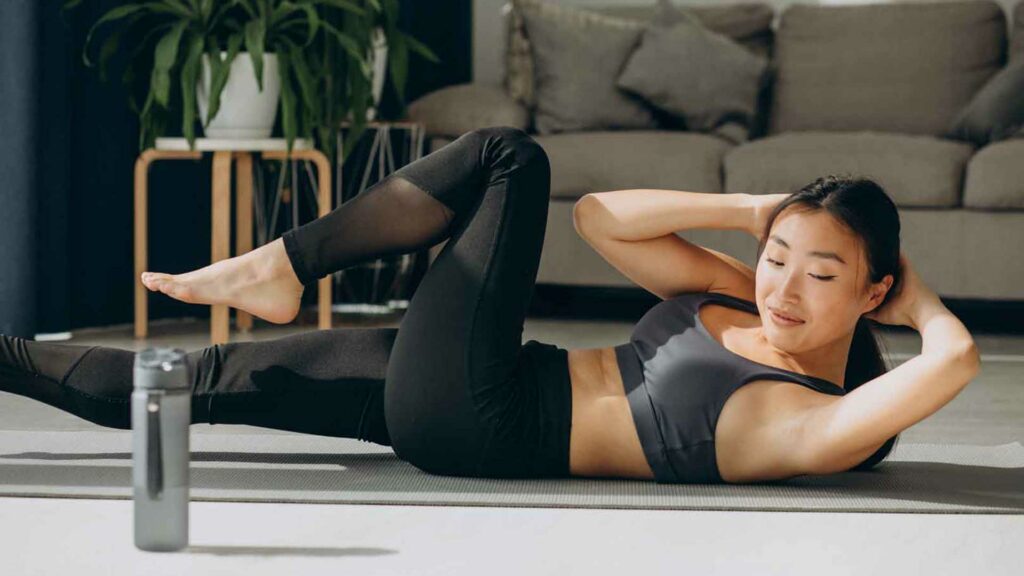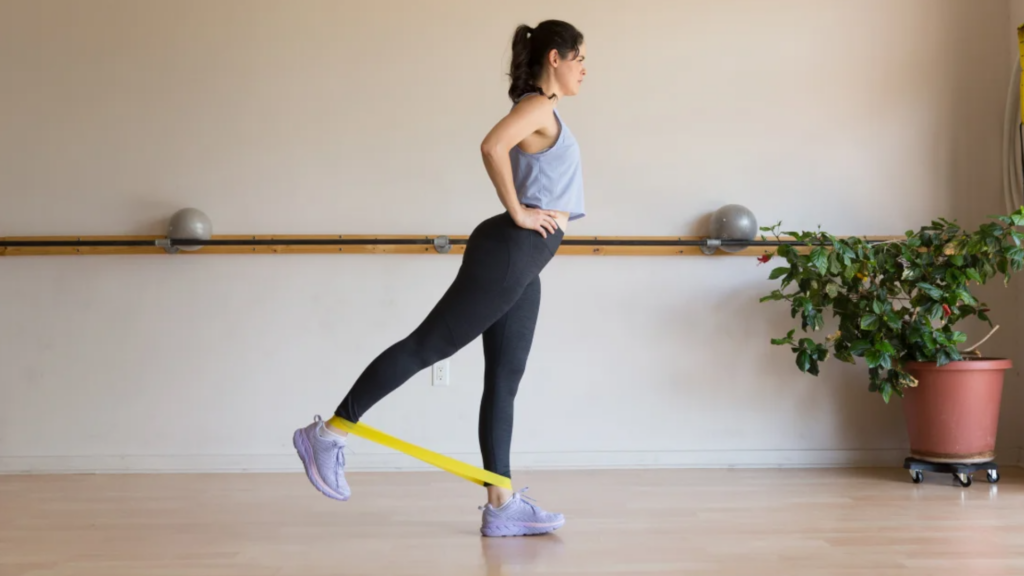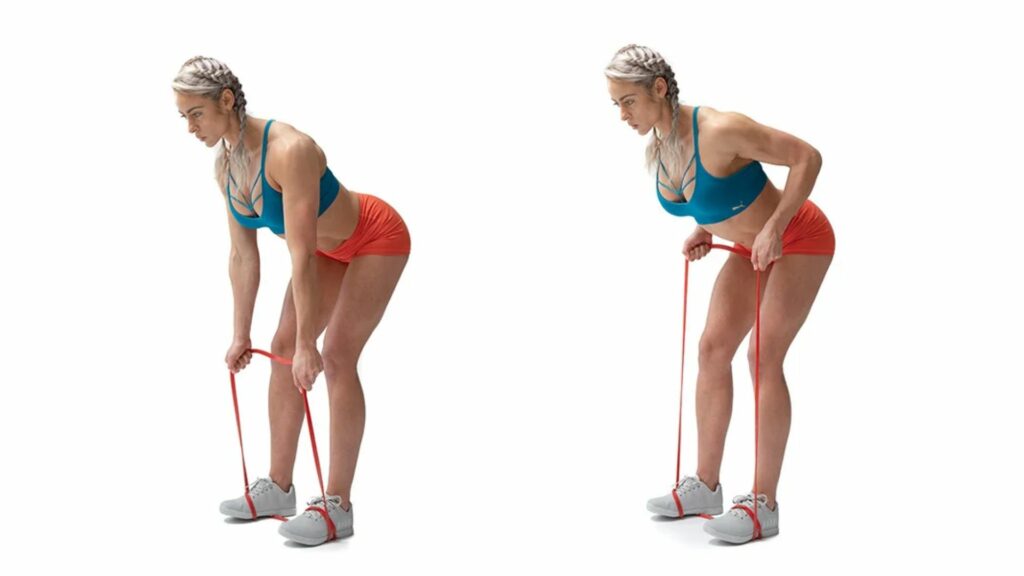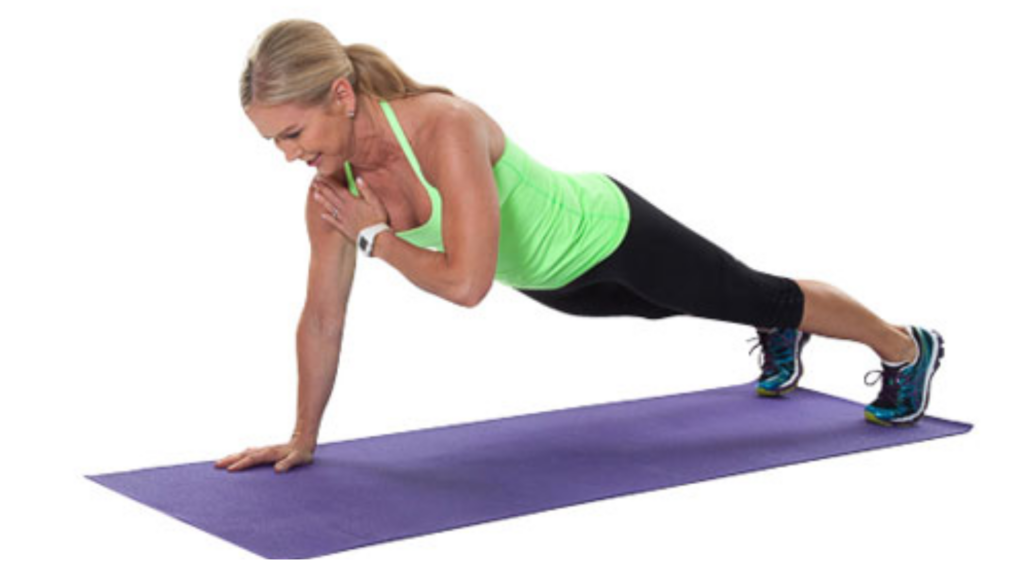Are you looking to strengthen your lower body and improve your athletic performance? If so, then the standing hip extension exercise is an excellent place to start. This exercise targets the glutes, hamstrings, and lower back muscles, which are all crucial for stability, balance, and mobility.
In this article, we will explore the benefits of standing hip extension exercise, the muscles involved, proper form and technique, variations and modifications, precautions and contraindications, and frequently asked questions. By the end of this article, you will have a comprehensive understanding of this exercise and how to incorporate it into your workouts.
Benefits of Standing Hip Extension Exercise
- Standing hip extension exercise targets gluteus maximus, hamstrings and lower back muscles.
- Exercise improves posture, mobility and athletic performance.
- The article includes proper form, variations, precautions, and FAQs.
Muscles Involved
Before we dive into the details of the exercise, let’s take a closer look at the muscles involved. Standing hip extension exercise primarily targets the gluteus maximus, which is the largest muscle in the buttocks. This muscle is responsible for extending the hip joint, which is essential for walking, running, and jumping.
The exercise also engages the hamstrings, which are located at the back of the thigh and play a crucial role in knee flexion and hip extension. Additionally, the lower back muscles, including the erector spinae and multifidus, are activated to stabilize the spine during the movement.
Strengthening these muscles is critical for improving your overall lower body strength and mobility. Strong glutes can help reduce lower back pain and improve posture, while strong hamstrings can enhance athletic performance and prevent injuries.
To support these claims, research studies have been conducted, including a study published in the Journal of Strength and Conditioning Research, which found that hip extension exercises significantly activate the gluteus maximus and hamstrings muscles.
Proper Form and Technique
To perform standing hip extension exercise correctly, follow these steps:
- Stand with your feet shoulder-width apart and your hands on your hips.
- Shift your weight onto your left foot and lift your right foot off the ground.
- Keeping your knee bent, extend your right leg backward as far as you can while squeezing your glutes.
- Hold for a few seconds, then return to the starting position.
- Repeat on the other side.
Make sure to engage your core and keep your back straight throughout the exercise. Avoid arching your lower back or leaning too far forward. It’s also essential to keep your knees aligned with your hips and avoid twisting your pelvis.
To get the most out of this exercise, focus on squeezing your glutes at the top of the movement and lowering your leg slowly and with control.
| Exercise Variation | How to Perform |
|---|---|
| Resistance Band Hip Extension | Attach a resistance band around your ankles and stand with your feet hip-width apart. Lift one leg off the ground and extend it backward while squeezing your glutes. Hold for a few seconds, then return to the starting position. Repeat on the other side. |
| Wall Hip Extension | Stand with your back against a wall and your feet hip-width apart. Lift one leg off the ground and extend it backward while squeezing your glutes. Hold for a few seconds, then return to the starting position. Repeat on the other side. |
| Stability Ball Hip Extension | Lie on your back with your feet on a stability ball and your arms at your sides. Lift your hips off the ground while squeezing your glutes and extending your legs. Hold for a few seconds, then lower your hips back down. |
Variations and Modifications
Standing hip extension exercises can be modified to suit individuals with injuries or limitations. If you have difficulty balancing on one leg, you can hold onto a chair or wall for support. If you have knee problems, you can perform the exercise while lying on your stomach or using a resistance band for added support.
For more advanced workouts, you can add resistance by using ankle weights or a resistance band. Alternatively, you can perform the exercise with your back against a wall or using a stability ball to engage your core muscles.
Benefits of the Exercise
Standing hip extension exercise offers numerous benefits, including improved posture, increased hip mobility, and enhanced athletic performance.
By strengthening your glutes, hamstrings, and lower back muscles, this exercise can help you develop better balance, stability, and mobility. It can also help you develop better hip mobility and range of motion, which is essential for activities such as squatting, lunging, and running.
By improving your lower body strength, you can also enhance your athletic performance in sports such as soccer, basketball, and track and field. The exercise can help you jump higher, run faster, and change direction more quickly.
Merlin App for Standing Hip Extension
The Merlin App offers valuable assistance when it comes to performing exercises like the Standing Hip Extension. This exercise primarily targets the glutes, hamstrings, and lower back muscles, and it’s essential to perform it correctly to maximize its effectiveness and minimize the risk of injury. Here’s how the Merlin App can help you perform the Standing Hip Extension with proper form:
- 1. Real-Time Feedback: One of the standout features of the Merlin App is its AI-driven real-time feedback. When you begin the Standing Hip Extension exercise, the app uses its AI capabilities to analyze your form and movement in real-time. It can detect any deviations from the correct form and offer instant feedback. For instance, if you’re arching your back or not extending your hips fully, the app will provide verbal cues or visual indicators to guide you back into the correct position. This feedback ensures that you’re performing the exercise with precision, reducing the risk of injury and optimizing muscle engagement.
- 2. Voice Feedback: The app’s voice feedback feature comes in handy during the Standing Hip Extension exercise. As you perform the movement, the app can audibly guide you through each step. It can remind you to maintain a neutral spine, keep your core engaged, and ensure that your hip extension is complete. This real-time audio guidance acts as a virtual personal trainer, providing you with constant reminders to execute the exercise correctly.
- 3. Progress Tracking: The Merlin App is not just about immediate assistance but also long-term progress. It allows you to track your performance over time. After each session, you can review your workout history, including the number of reps, sets, and the level of difficulty. This data helps you gauge your progress and make necessary adjustments to your Standing Hip Extension routine, whether it’s increasing the weight or reps, or fine-tuning your technique.
Precautions and Contraindications
Like any exercise, standing hip extension exercise comes with some precautions and contraindications. If you have an existing hip, knee, or lower back injury, you should consult with your doctor or physical therapist before attempting this exercise. Additionally, if you experience pain or discomfort while performing the exercise, stop immediately and seek medical attention.
It’s also crucial to start with the beginner version of the exercise and gradually work your way up to the advanced version. Doing too much too soon can lead to injuries and setbacks.
Conclusion
Standing hip extension exercise is an excellent way to strengthen your lower body, improve your athletic performance, and reduce lower back pain. By targeting the glutes, hamstrings, and lower back muscles, this exercise can help you develop better balance, stability, and mobility.
It’s essential to perform the exercise correctly and gradually work your way up to advanced variations. As with any exercise, it’s crucial to take precautions and seek medical attention if necessary. By incorporating standing hip extension exercise into your workout routine, you can achieve a stronger lower body and enhance your overall fitness.
Frequently Asked Questions
Here are some common questions and concerns about the standing hip extension exercise:
Is standing hip extension exercise suitable for beginners?
Yes, standing hip extension exercise is suitable for beginners. However, it’s essential to start with the beginner version of the exercise and gradually work your way up to the advanced version.
How many reps and sets should I do?
For the beginner version, aim to do 10-15 repetitions for three sets. For the advanced version, aim to do three sets of 12 repetitions without difficulty.
Can I add weights to the exercise?
Yes, you can add resistance to the exercise by using ankle weights or a resistance band.
Will this exercise help reduce lower back pain?
Yes, by strengthening your glutes and lower back muscles, standing hip extension exercise can help reduce lower back pain and improve your posture.

